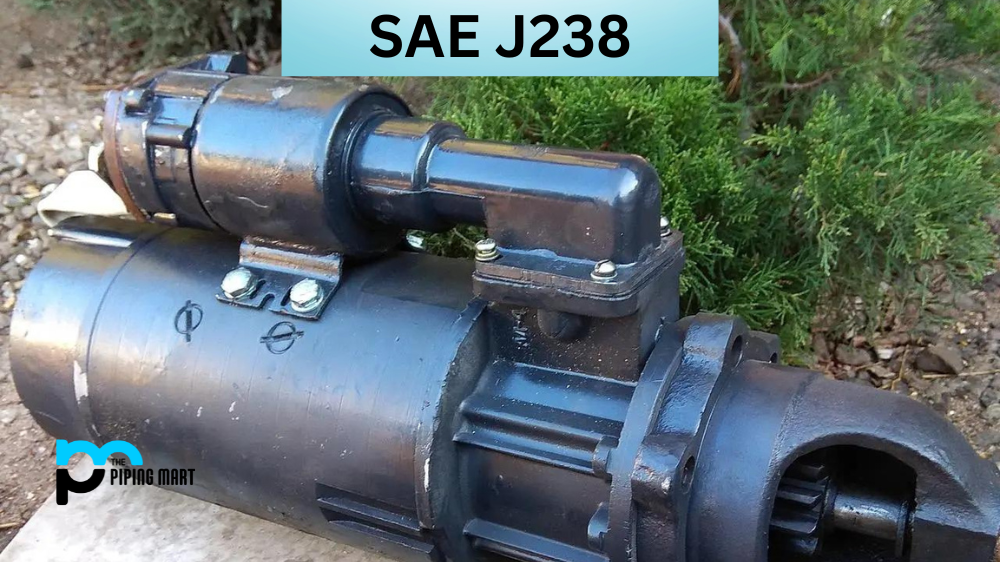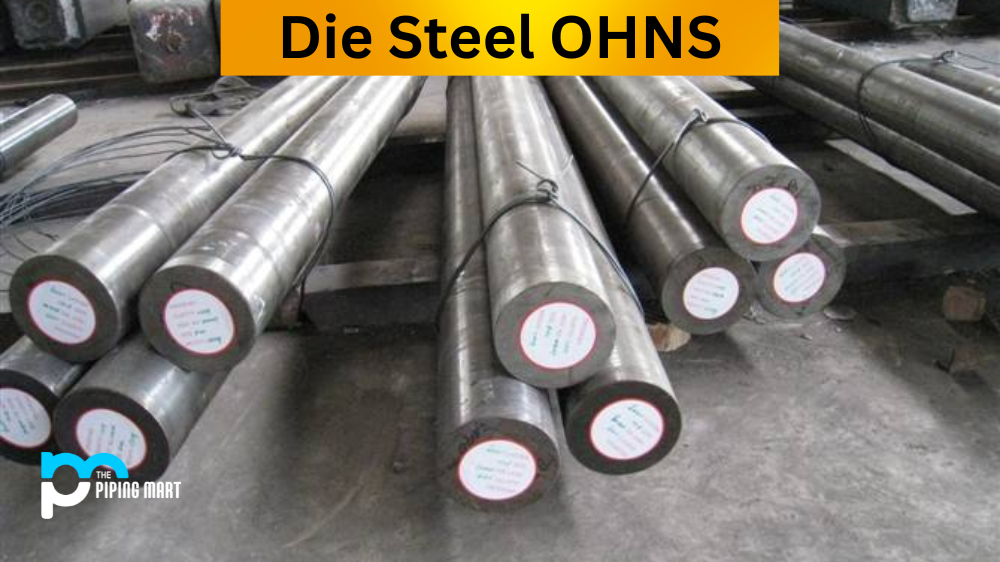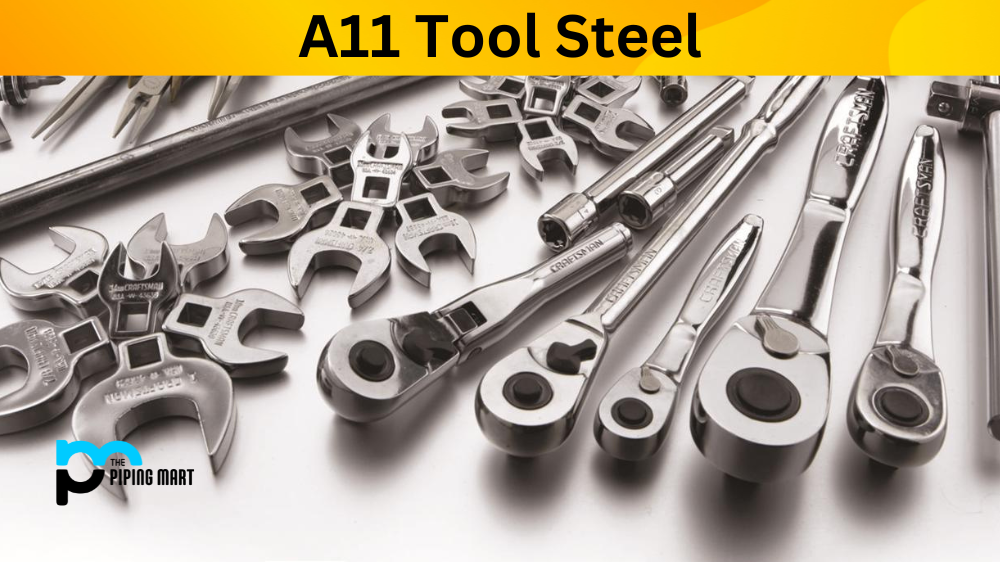s130 Stainless Steel, also known as SAE 30303 stainless steel, is a highly versatile and durable material with various practical applications in different industries. This type of steel belongs to the austenitic stainless steel family. It is known for its high corrosion resistance and excellent formability, making it a popular choice for many engineering and manufacturing projects. This post will investigate the composition, mechanical and physical properties, uses, corrosion resistance, heat treatment, machining, and welding factors of s130 Stainless Steel.
S130 Stainless Steel Composition
s130 Stainless Steel is composed of iron, chromium, and nickel, which gives it excellent corrosion resistance, formability, and ductility. The 303 grade of stainless steel also contains small amounts of sulfur that improve its machinability, making it ideal for machining processes.
S130 Stainless Steel Mechanical Properties
s130 Stainless Steel has a tensile strength of up to 550MPa and a yield strength of about 250MPa. This steel’s hardness ranges from 187-229HB, making it a relatively rigid material compared to other grades. It has a modulus of elasticity of 193GPa, allowing it to resist bending, stretching, or twisting forces.
| Ultimate Tensile Strength (N/mm²) | Proof Stress (N/mm²) | Elongation (%) | Hardness (HB) |
|---|---|---|---|
| 540 | 210 | 35 | 140-220 |
S130 Stainless Steel Physical Properties
s130 Stainless Steel has a density of 8.03g/cm3, making it one of the most lightweight austenitic stainless steel. It has a melting point of 1400-1450°C and a specific heat of 500J/kg K, indicating its ability to resist heat. It also has excellent electrical conductivity and is magnetic in some conditions, making it useful in different industrial applications.
S130 Stainless Steel Uses
s130 Stainless Steel has various practical applications in different industries. Some of its uses include fasteners, fittings, gears, shafts, valves, and electric motor components. It is also commonly used in medical and food processing equipment and can be found in pharmaceutical and chemical plants.
S130 Stainless Steel Corrosion Resistance
The s130 Stainless Steel has excellent corrosion resistance due to its high chrome and nickel content. It can withstand harsh environments and exposure to various chemicals, making it a popular material for parts that require high corrosion resistance. However, it is unsuitable for highly oxidizing environments like sulfuric and nitric acid.
S130 Stainless Steel Heat Treatment
Heat treatment can improve the performance of s130 Stainless Steel. Annealing at 1010-1120°C for 30 minutes per 25mm thickness can soften the material, making it easier to machine. Hardening can be achieved by subjecting it to a cold working process or specific heat treatment.
S130 Stainless Steel Machining
s130 Stainless Steel is one of the most readily machinable austenitic stainless steel, thanks to its sulfur addition. The sulfur improves the material’s chip-breaking effect, leading to smooth and consistent machining processes. However, it is prone to galling, a type of wear that occurs when metal surfaces rub against each other.
S130 Stainless Steel Welding
s130 Stainless Steel has excellent weldability, thanks to its low carbon content. It can be welded using various methods, including gas tungsten arc welding and gas metal arc welding. However, it is essential to ensure the material’s purity and avoid contamination during welding processes to maintain its corrosion resistance properties.
Conclusion
In conclusion, s130 Stainless Steel is a highly versatile, durable, and reliable austenitic stainless steel that has various practical applications in different industries. Its excellent corrosion resistance, formability, and machinability properties make it popular for forming and machining operations. Its resistance to heat, chemicals, and harsh environments also makes it suitable for use in food processing and medical equipment. Moreover, the material’s weldability and heat treatment options enhance its mechanical properties, allowing it to meet different manufacturing requirements.

Meet Bhavesh, a seasoned blogger with a wealth of knowledge and experience. From metal products manufacturing to retail, Bhavesh has a diverse background in various industries and is dedicated to sharing his insights and expertise with readers.




